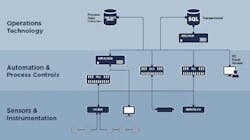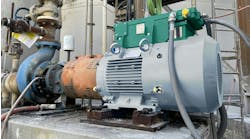The “Flux Capacitor” may have made time travel possible in the movie Back to the Future, but the control loop is what makes industrial automation possible.
The humble control loop is the foundation of the distributed control system (DCS), and it does its job very well. The DCS receives source data sent to it from the measuring devices in the field and then uses that data to make control decisions for the process based on parameters, which skilled operators set and monitor. That information then goes to the historian and into the enterprise resource planning (ERP) system. Management then reviews the archived reports and makes critical business decisions based on the information shown.
But can they trust that information? Not if data coming into the DCS isn’t reliable or properly conditioned.
To create quality ERP system reports, it’s important to ensure that the basic incoming data is good and ultimately available in a format that properly reveals the necessary information. It must provide the right data, in the right format, to the right people. Aside from basic signal conditioning, in most cases, the DCS doesn’t invent or change its incoming device data. It accepts the data flow as true.
Generally, if proper software testing has been done, the DCS can be trusted to perform any calculations with complete reliability.
For now, let’s assume the DCS is healthy and functioning properly. It is far more likely that any errors in the data were introduced before it reached the I/O card.



